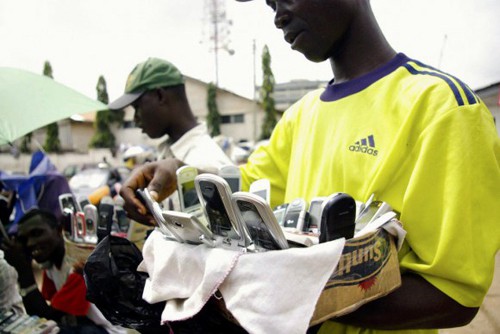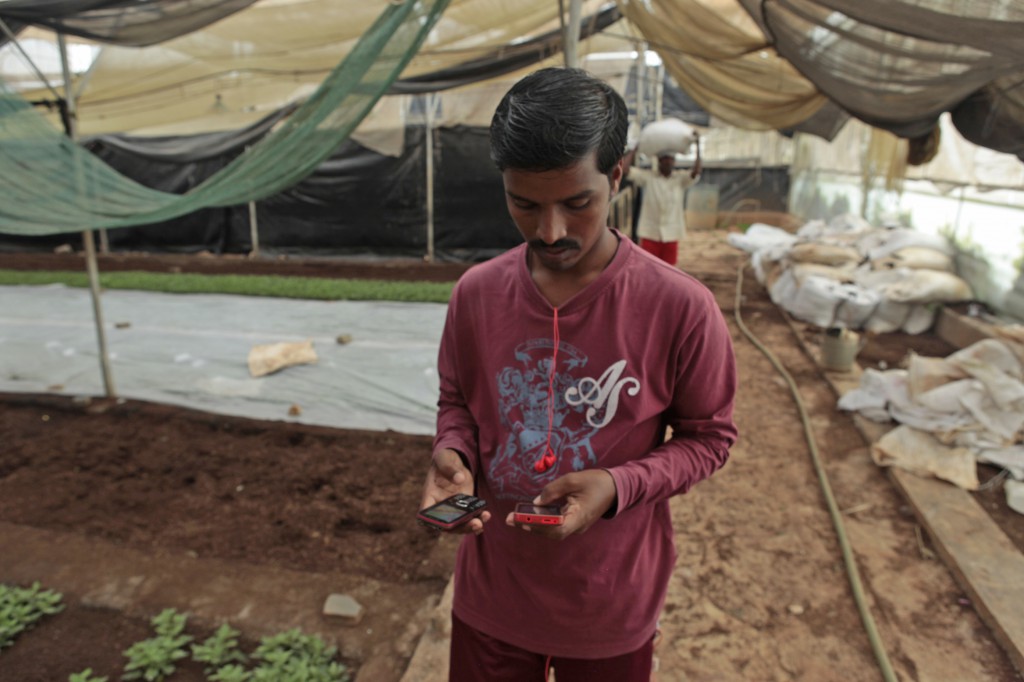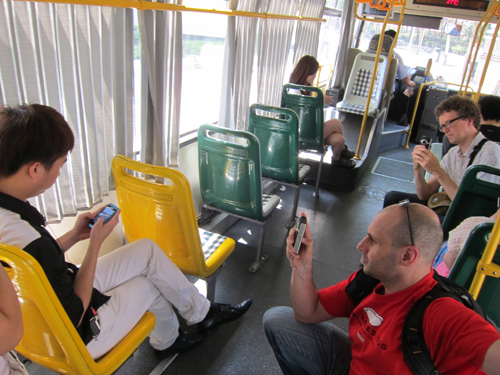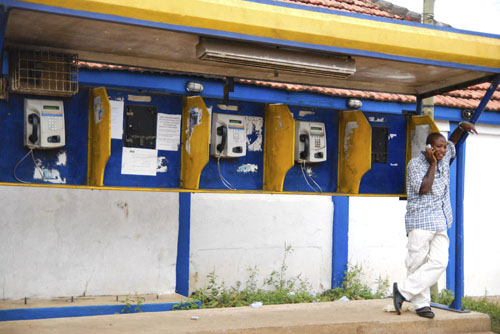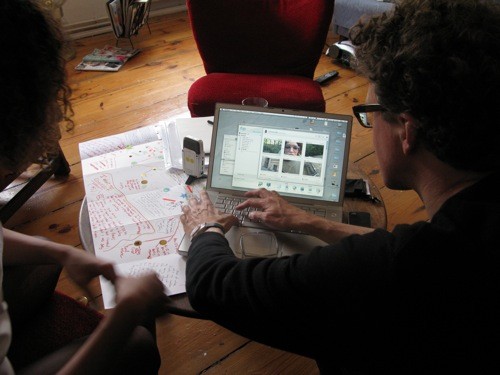The following projects are global studies focussing on people’s contextual usage of mobile devices, with a perspective to identify needs and preferences that could be satisfied by future designs and concepts.
Most people have fully integrated their mobiles into their everyday lives, and would have a hard time imagining how to organize their social circles without it. Yet, it is not the mobile that sets the norm for how social life is organized, it’s still people who do that. The research analyses how the environment someone is in affects their perception of the device they are using. We looked at how people adapt their behaviours and routines around the specific challenges of the contextual environment they inhabit – whether a smartphone is too expensive for the street or too rude for a dinner table, or if a tablet is too big to use on a bus. And why? A smart device can be an invisible helping-hand in one instance, and burden or source of stress in another. It also covers those moments where a device is integrated into an environment well enough to assist or delight someone in their daily life.
These projects posed the challenge of combining a global focus with the specific peculiarities of local environments. By adopting a flexible, iterative approach to research, Reach partners tailored the process for their individual cultures, allowing researchers to get an in-depth look at cultural differences and similarities around mobility.
Low cost smartphone usage in emerging markets
STBY and Quicksand conducted a research project on the usages of the new generation of low cost smartphones. The study was based in India and the analysis was conducted in London in close collaboration with the two REACH partners and the client team.
Initial analysis of the fieldwork in a workshop with the client team identified new insights into emerging behaviours of consumers in connection to low cost smartphones usage, some of which were relatable to previous insights from studies in other markets, such as China, Russia and Europe. The insights were then synthesised into an illustrated report to communicate the main findings to a wider range of internal stakeholders, accompanied with initial recommendations for design.
Smartphones UX study
This project aimed at understanding smartphone behaviours and practices in China, India and UK. There was special emphasis relating to still image and video capture, usage of multiple devices across personal ecosystems, and the different contexts that influence usage of (and activities with) the multiple devices people use.
Fieldwork was conducted in the form of in-depth video interviews on location, which resulted in design documentaries. Reach partners STBY, Quicksand and Apogee worked in close collaboration with the client team. This approach allows culturally-specific local influences to be preserved and examined within the films, whilst also ensuring the consistency of data needed for meaningful cross-regional analysis.
The research informed specific lines of enquiry that had been developed in previous projects with the client, and helped to broaden the existing base of knowledge.
Mobile phone concepts
In the context of developing a strategy for a potential new product family of mobile phones for the European market, Nokia wanted a better understanding of unmet consumer needs. The new mobile phone product family would have to offer a competitive advantage in a market that is becoming increasingly saturated with tablets and smart phones. Reach carried out consumer research in the UK, Spain, Russia—with STBY, fuelfor, and Summ()n.
The approach adopted was to conduct “User Experience Labs”, exploratory interactive sessions where the participants are invited to actively engage and to give personal feedback on the topics and materials presented to them. In addition to general findings, the group sessions allowed for a comparative analysis between markets focused on identifying differences, as well as commonalities. This highlighted which responses seemed to be due to locally specific socio-cultural factors. These labs also provided the opportunity to identify the most interesting candidates for ethnographic interviews.
After the series of User Experience Labs a second round of in-depth ethnographic immersions with of the some participants followed. This allowed the team to develop a deeper understanding of the accounts elicited during the group sessions. These immersions also generated a set of new design documentaries about everyday experiences around the usage of mobile phones. The study helped Nokia define the key features that resonated most with consumers, and to evaluate the potential of the anticipated new concept.
Cross-cultural Research for Cisco
Reach recently completed a project for Cisco, in which several Reach partners compiled a report detailing the benefits of cross-cultural research. Cisco wanted to know exactly what they stood to gain from developing their own cross-cultural research program, and asked Reach to provide a general introduction to the field. They also asked for a number of compelling case studies detailing the problems and opportunities encountered by companies already conducting cross-cultural research, and for each of these to be related to specific area’s of Cisco’s business.
Reach’s report drew on the personal experience of several partners, providing in-depth analysis of programs undertaken by HP, Philips, General Electric, and Nokia. These projects covered territories from North America, Europe, Asia and Africa, with each case study focusing on specific aspects relatable to Cisco’s operations. Liaising with members of Cisco’s User Experience Team allowed Reach were able to tailor the report around their specific needs, with the final presentation being made in the form of a compelling Powerpoint presentation that could be presented and circulated internally.
Mobile internet concepts
Companies like T-Mobile can learn a lot from how people actually organize their social life a broad sense (as opposed to how people use their phones) when they want to develop new concepts for mobile internet. Spur and STBYÂ did fieldwork in Berlin, London and Tokyo and worked with a T-Mobile team to set up the research and organize the workshops that used the results to create insights and ideas.
We worked extensively with video in this project, using the small and easy to operate Flip Video which we gave to participants to film moments in their life for us. In the picture you see Bas Raijmakers transferring the clips one participant made onto his computer, to discuss them during the home visit. To prepare, participants had received the Flip camera and a set of nicely designed instructions a few weeks before. They each made some 30-40 clips for us, which we edited into short films of 1-3 minutes each.
Later in the insights and ideas workshops we used the short films in two different ways: as inspiration for creating the insights and ideas. And later, once we had developed these in more detail we used the films to back them up, as evidence. Because we used a video diary approach, the films became often very personal and intimate which was great for the topic we wanted to explore: how do people organize their social life. From this research resulted almost 30 detailed ideas for new services which are currently further developed by T-Mobile.
